Japan's world heritage sites
Shiretoko
Shiretoko, a World Natural Heritage Site
The Shiretoko Peninsula in eastern Hokkaido and its surrounding waters have been designated a World Heritage Site. An assessment compiled by the International Union for Conservation of Nature (IUCN) also mentions designating the area, which includes the islands of Kunashiri, Etorofu, Shikotan, and Habomai, which are under Russian effective control, as a World Heritage Peace Park.
Sannai Maruyama ruins
Jomon ruins in Hokkaido and northern Tohoku
Pit dwellings, raised-floor storehouses, and a three-story post-hole building have been recreated here. This is a Jomon period ruin.
Shirakami Mountains, a World Natural Heritage Site
jyuniko (twelve lakes)
It stretches from Aomori to Akita prefectures. It is the first Japan to be registered as a World Heritage Site. It is home to one of the world's largest virgin beech forests, barely affected by human activity.
Cultural Assets of the Ancient Capital of Kyoto
Kyoto
Kamigamo Shrine, Shimogamo Shrine, Toji Temple, Kiyomizu-dera Temple, Byodo-in Temple, Tenryu-ji Temple, Nijo Castle and other 17 temples, shrines and castles are scattered throughout the world.
Mozu-Furuichi Kofun Group
Osaka
The 49 ancient tombs in the Mozu and Furuichi districts, including the world's largest tomb, Emperor Nintoku's Mausoleum, have been designated as World Heritage Sites. There are other ancient tombs in the area, and the area with many ancient tomb ruins still standing in the city and the culture that flourished since ancient times are also recommended.
Sacred Sites and Pilgrimage Routes in the Kii Mountain Range
yoshino
Mount Yoshino, Mount Omine, the Kumano Sanzan, Mount Koya, and the pilgrimage routes to these sacred sites, including the Kumano Pilgrimage Route, the Omine Okugake Trail, and the Koyasan Pilgrimage Route, have been designated as World Heritage Sites.
Hiroshima Atomic Bomb Dome
Hiroshima
It has been designated a World Heritage Site, and is also considered a negative World Heritage Site as a monument that conveys to future generations the horrific devastation caused by the atomic bomb and calls for peace.

Itsukushima Shrine, Miyajima
Miyajima
Miyajima, where Itsukushima Shrine is located, is an island located in Hiroshima Bay. It has long been known in Japan as "Aki no Miyajima" and is one of the three most scenic spots in Japan. The shrine is located on the sea and is often damaged by large typhoons in the Tokai region, and is therefore repaired each time. Miyajima's Itsukushima Shrine is the head shrine of the 500 Itsukushima Shrines in Japan.
Hidden Christian Sites in Nagasaki and the Amakusa Region
Ooura Cathedral
Nagasaki is a city that prospered through trade with the Netherlands and other European countries, but it is also home to a valuable heritage site that tells the legend of the Hidden Christians, who continued to practice their faith in secret even after Christianity was banned by the shogunate in the 17th century.
Castle and Related Properties of the Kingdom of the Ryukyus
Shuri Castle
Ryukyu is mainly the area that is now Okinawa Prefecture, and prospered through trade with Japan, China, Taiwan, and Southeast Asian countries, forming a culture different from that of Japan at that time. Nakijin Castle, Zakimi Castle, Katsuren Castle, and Nakagusuku Castle were castles from the time when the three kingdoms were separated into three, and were later unified to form the Ryukyu Kingdom, with Shuri Castle being constructed. The castle walls are mainly made of coral limestone and have the unique Ryukyu characteristics of extensive use of curved surfaces. After being occupied by the United States after World War II, the area was returned to Japan as a result of a referendum held by the Ryukyu Government.

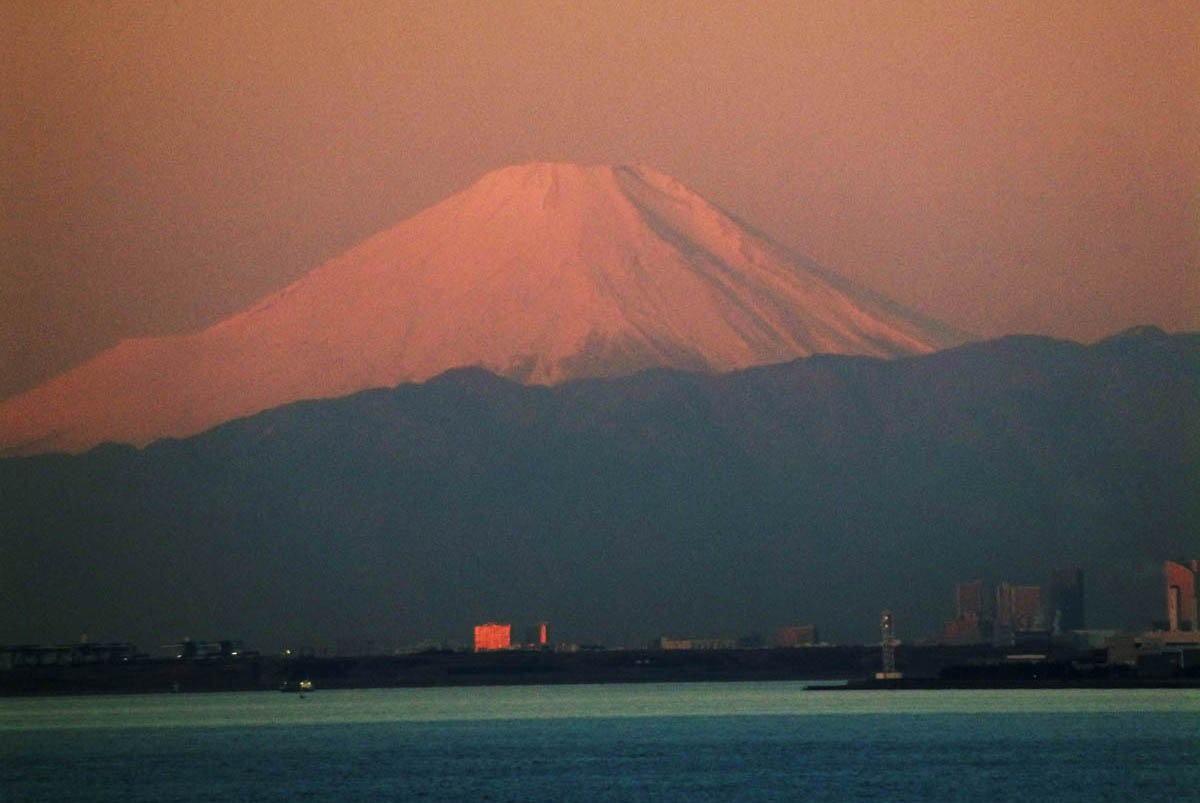
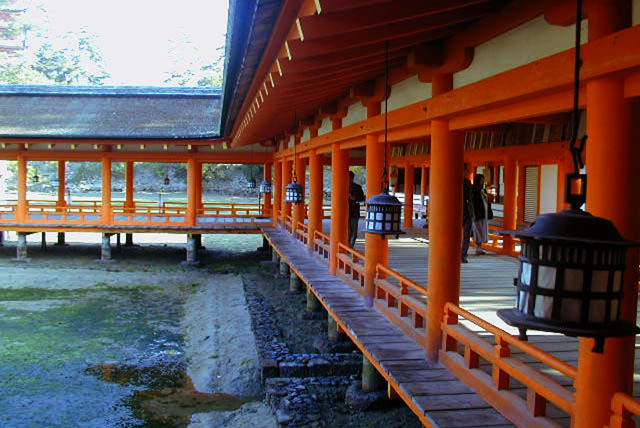
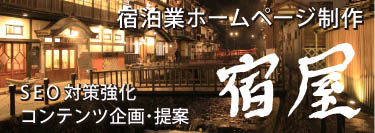

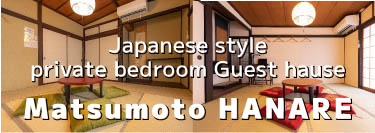

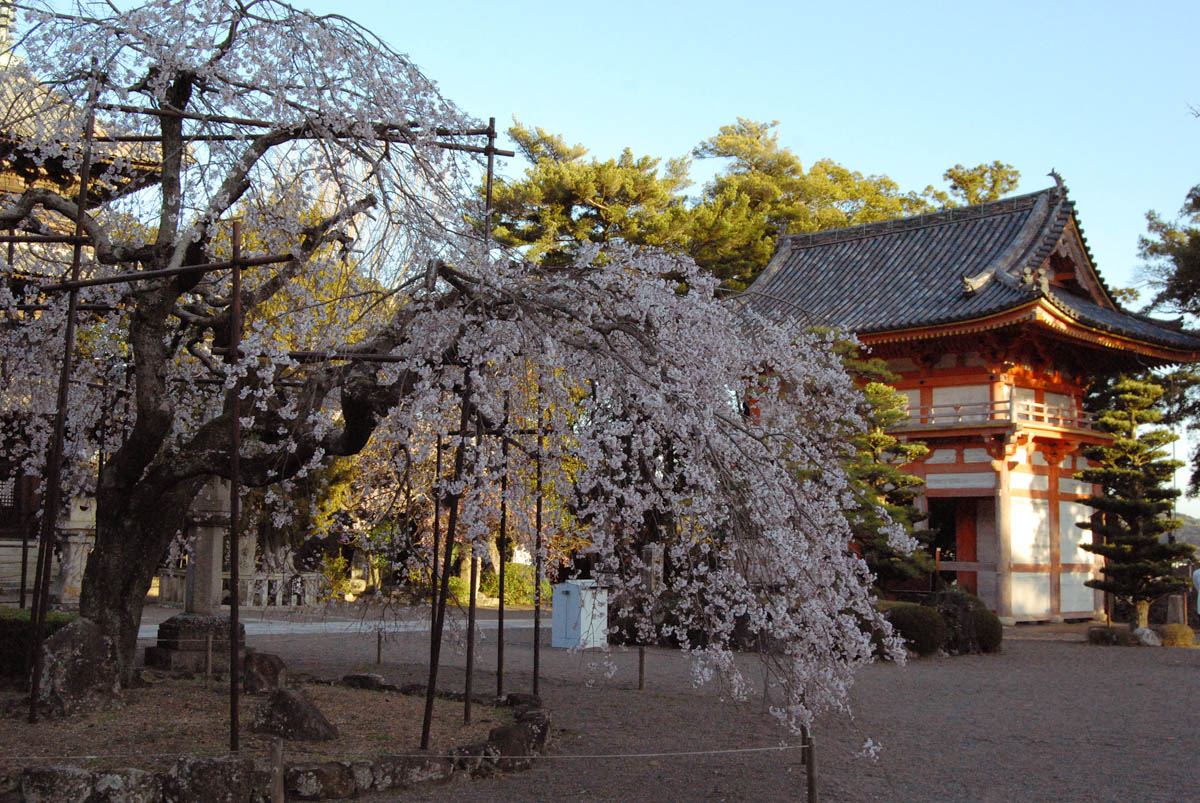

Emperor Nintoku's Mausoleum